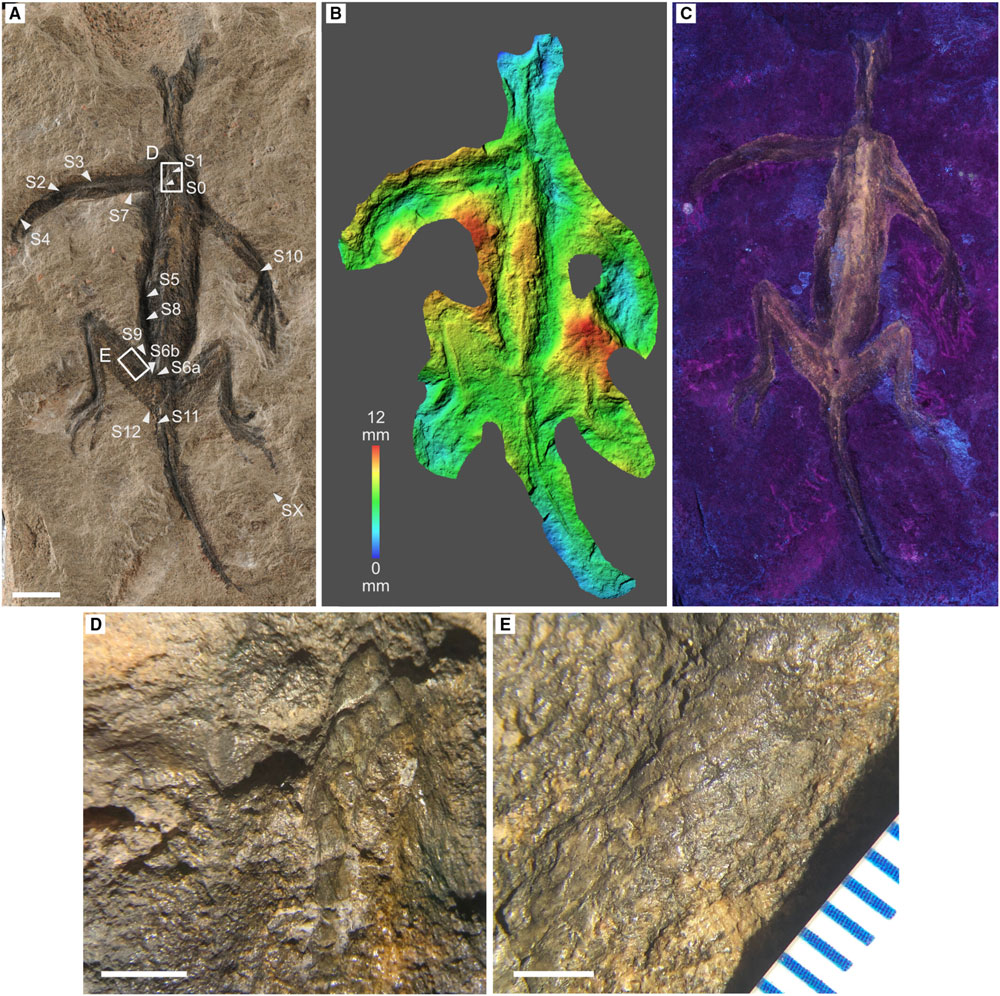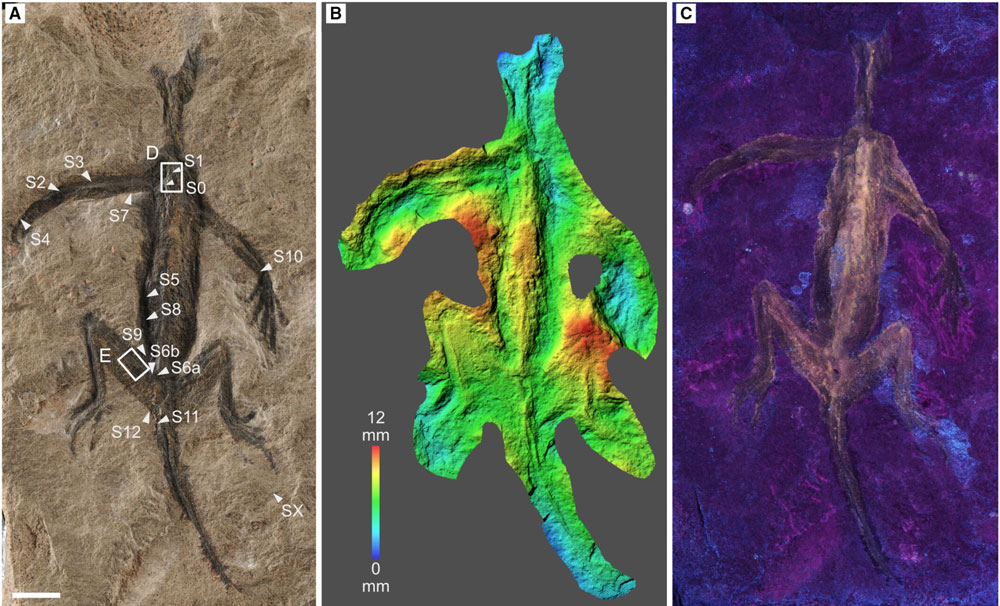The “oldest” fossil reptile discovered in the Italian Alps from the early Permian age has been deemed a forgery by researchers, according to a paper published in the journal Palaeontology.
The “oldest” fossil reptile discovered in the Italian Alps from the early Permian age has been deemed a forgery by researchers, according to a paper published in the journal Palaeontology. The reptile, known as Tridentinosaurus antiquus was discovered in the Italian Alps in 1931 and was initially thought of as a piece of the puzzle of early reptile evolution.
The small, lizard-like reptile featured a long neck, a slender body and pentadactyl limbs. It was first described in 1959 as an “exceptionally preserved fossil showing a dark-coloured body outline associated with an articulated skeleton contrasting with the surrounding pale-pink coloured tuffaceous sandstone,” the researchers wrote in their paper.
The image of the lizard was highly realistic and indeed had an outline of a lizard. However, Italian researchers Valentina Rossi, Massimo Bernardi, Mariagabriella Fornasiero, Fabrizio Nestola, Richard Unitt, Stefano Castelli, Evelyn Kustatscher have called the fossil a forgery.

Tridentinosaurus antiquus. A, photograph of the specimen, including sampling locations S0–S12 and SX (matrix). B, map of the topography of the surface of the specimen, highlighting the superficial topography. C, UV photograph showing that the fluorescence of the whole specimen. D, enlargement of the shoulder region, outlined on A. E, enlargement of the pelvic girdle region, outlined on A. Scale bars represent: 20 mm (A); 5 mm (D); 3 mm (E)
With the assistance of ultraviolet light, 3D surface modeling, the Italians reanalyzed T. antiquus with “ultraviolet light, 3D surface modeling, scanning electron microscopy coupled with energy dispersive spectroscopy (SEM-EDS), micro x-ray diffraction (μ-XRD), Raman and attenuated total reflectance Fourier transformed infrared (ATR-FTIR) spectroscopy,” and found that T. antiquus was not as it seemed, as an important fossil lizard cited in countless scientific journals over the last 60+ years as a key piece of the reptile evolution puzzle. The scientists say that with the aid of a manufactured pigment, T. antiquus is a fake.
Age of Reptiles Brought On By 60 Million Years Of Climate Change
The researchers say that the T. antiquus specimen doesn’t retain the basic characteristics that are common in a “fossil vertebrate with organically preserved soft tissues,” such as compression fossils. They also note that organic material does not normally fluoresce under UV light, yet the area in which the so-called soft tissues is located fluoresces under UV light, suggesting that the material is of man made origin, such as a lacquer, varnish, glue and certain artificial pigments, which fluoresce under UV light. The researchers say that one of more layers of an unknown coating has been applied on the body outline, osteoderms and bones.
The complete paper, “Forged soft tissues revealed in the oldest fossil reptile from the early Permian of the Alps” can be read on the Palaeontology website.


